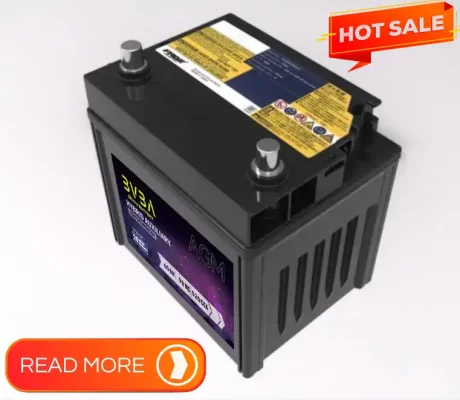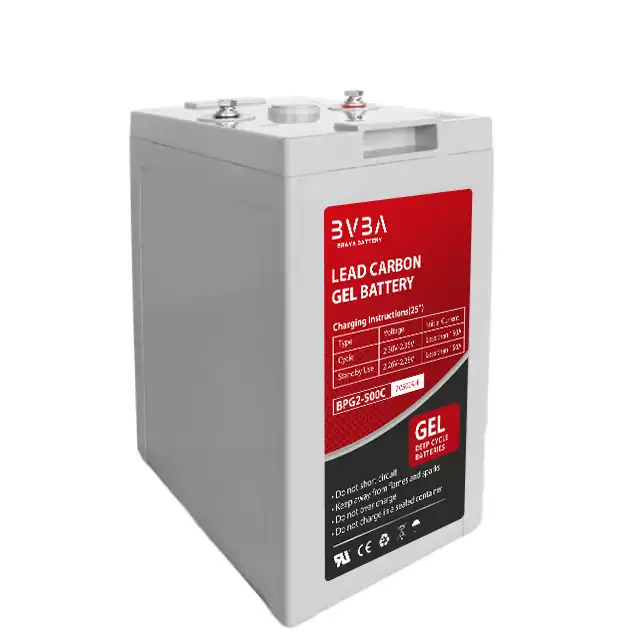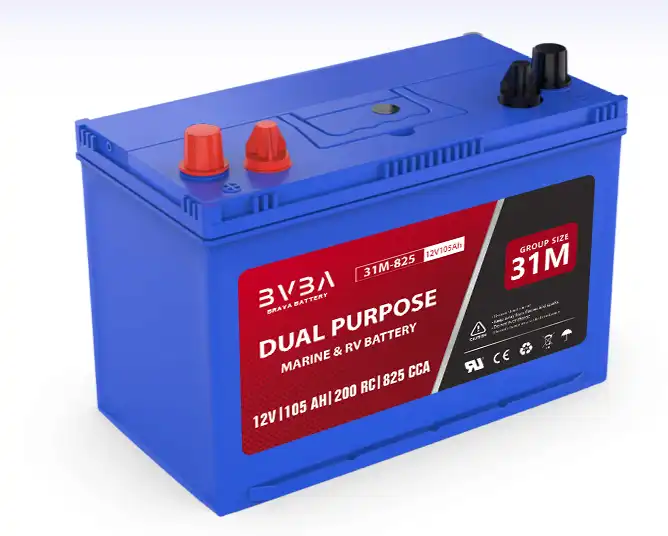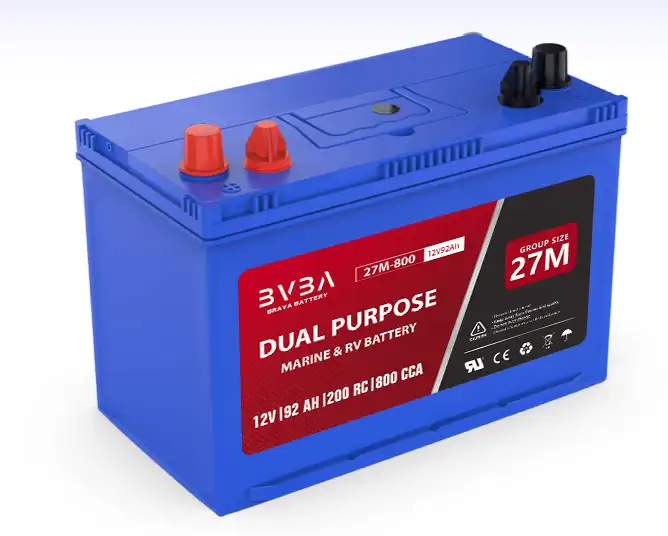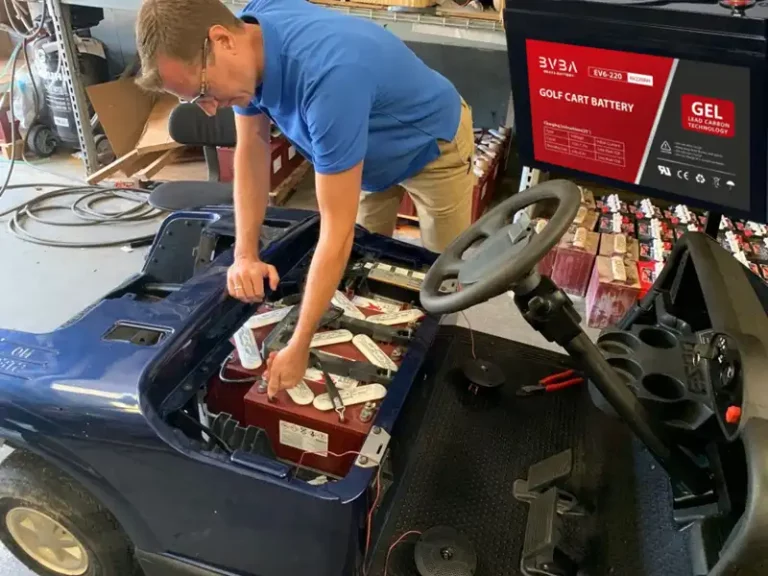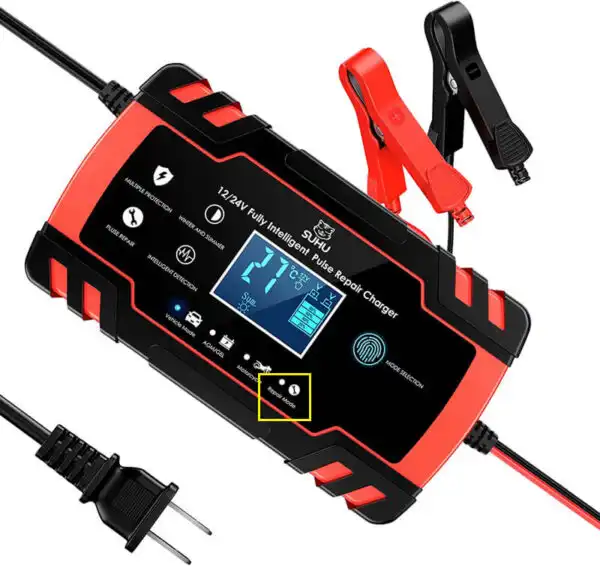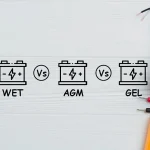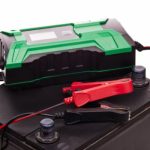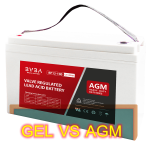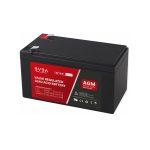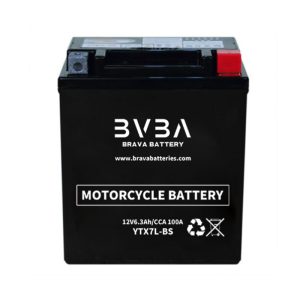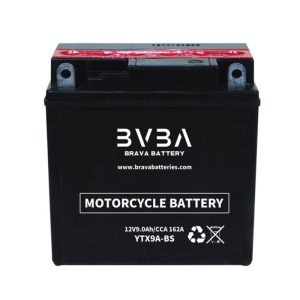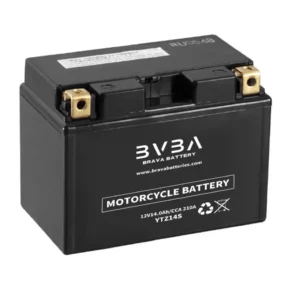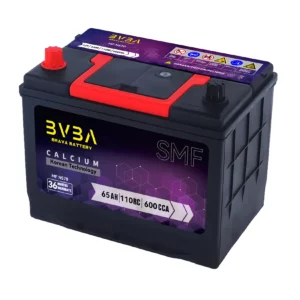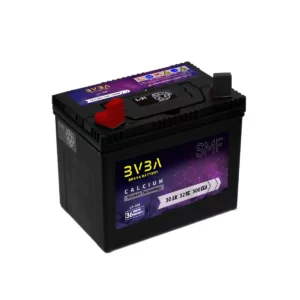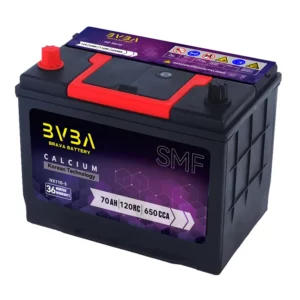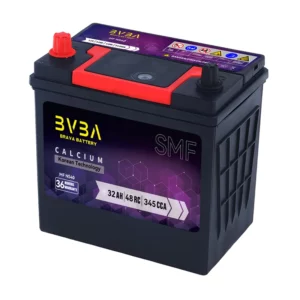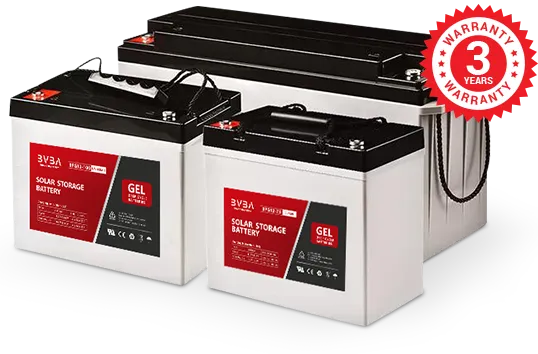What is a Gel Battery?
A gel battery is wholly enclosed and doesn’t need repairs. It contains electrolytes in a liquid condensed with silicone filler to form a gel. The electrolyte density and voltage decrease because the charge comes from a charged source, similar to acid batteries.
Gel batteries also have a valve-regulated power source, are super strong, have a wide range of uses, generate negligible emissions, and may be used in areas with limited ventilation.
It is crucial to weigh the benefits and drawbacks of a gel battery before purchasing.
The lifespan of a battery will vary considerably with how it is used, how it is maintained and charged, the temperature and other factors. Also the type of battery will determine its lifespan.
12 Volt Gel or AGM batteries
If kept in a charged state when unused, the common lifespan of a 12-volt Gel or AGM battery is up to six years. After five or six years of float voltage at an average ambient temperature of 25 ºC, the battery still retains 80 % of its original capacity. Higher average temperatures will shorten the lifespan of the battery. The number of charge and discharge cycles of a 12-volt battery is strongly correlated to its structure and quality. Mastervolt’s 12-volt Gel batteries can take around 500 full cycles of being discharged down to 20 % and charged back to full capacity.
Most manufacturers consider batteries to be spent at a remaining capacity of 80 %. This does not, however, mean that the battery has to be replaced immediately. For example, the battery can still be used if only 50 % of the battery capacity is actually required. It is therefore not necessary to replace the battery after six years or 500 full cycles. An average use of seven years is perfectly normal for 12-volt Gel or AGM batteries.
2-volt traction Gel batteries
The lifespan for 2-volt traction Gel cells is at least 15 years and the maximum number of full cycles is 1000-1500 when discharging to 20 % of capacity. These batteries are therefore highly suitable for larger systems that require intensive use and a very long lifespan.
If they remain charged when not in use 12v gel or AGM batteries typically have a service life of up to six years. After five or six years of floating charge voltage, the battery retains 80% of its initial capacity when the average ambient temperature is 25 º C.
Modern lead-acid batteries improve safety in many ways. Because we utilize lead in batteries, it is very hard to completely eliminate this metal from our life, although it does offer some important advantages. The creation of a 12V gel battery is a great illustration because new technology has made the battery safer.
The 12V gel batteries use the special gel as an electrolyte instead of pure liquid acid. The essential lead plates are suspended in this silica-based gel, which also permits electron transfer.
By replacing the liquid acid with this gel, the owners of 12V gel batteries can enjoy the following outstanding benefits:
-
No leaks.
This is arguably the most important advantage of gel batteries and is one of the biggest reasons why people switch to this type of battery over traditional lead-acid batteries. The 12V gel battery is leak-proof because there is no liquid acid and so should you ever tip or puncture this type of battery, you won’t have to deal with dangerous and damaging substances.
-
Versatile use.
Because traditional liquid acid batteries have the potential to leak, it’s necessary for their owners to carefully place batteries in an upright position and securely bolt them there. Because gel batteries can be tipped without issue, they can be used safely in a wider range of situations. Owners can likewise enjoy positioning and securing them in more convenient locations for the user and not just positions that are considered safe. 12V gel batteries are also lighter than traditional lead-acid batteries, making them even easier to lift, hold, and install in otherwise inconvenient locations, such as in a high RV shelf.
-
Better operations across temperature extremes.
Studies have also shown that the 12V gel battery is more durable than lead-acid batteries in extreme temperatures. These types of batteries will operate effectively between an incredible -40 degrees Fahrenheit and 140 degrees Fahrenheit. Additionally, their gel make-up makes them better able to withstand corrosion, shock, and vibration.
-
Slower discharging for a longer lifespan.
Lead-acid batteries are certainly cost-effective battery solutions and in situations like your vehicle, they will offer great usage over a long-lifespan. However, when compared to gel batteries, they simply cannot compete. A lead-acid battery that is regularly used and thus charged, such as in a daily driving vehicle, has an expected lifespan between 3 and 5 years. In contrast, a high-quality 12V gel battery that is similarly cared for and regularly kept at a high charge will last over a decade and can last upwards of two decades. The reason why is thanks in part to their slower discharge rate.
How do you know if a Gel battery is bad?
A bad gel battery can cause the car to stall or have problems starting. Here is how to tell if the gel cell battery is bad:
-If the battery is more than three years old, it should be tested. A bad battery can lose up to 20% of its power every year even if the car isn’t being driven much or at all. You may need a new gel cell after only two years in storage! This could also indicate that you have an alternator problem.
-Check for corrosion on both terminals with your eye and then touch them with one finger (and don’t use any metal objects!). Corrosion indicates a leaking electrolyte from inside the cells and that would mean there is no way to fix this type of battery without replacing it entirely. It’s time to get a new Gel Cell Battery!
-Examine how well each cell is holding a charge when the battery has been properly charged. Cells that are not taking a full charge or cells with any signs of bubbling on top would require replacing the gel battery as well.
-If there’s no corrosion and all cells are holding their proper voltage, you may have an alternator problem rather than a bad gel cell battery! Have your car inspected to determine if this could be true before spending money for new batteries or parts in order to fix it.
How long does a gel cell battery last?
The lifespan of a gel cell battery is usually longer than that of an AGM or lead acid battery. It depends on the manufacturer and how it’s been cared for, so there can be no clear answer to what will happen if you don’t maintain your batteries in new ways. However, some manufacturers say their batteries are good up to 15 years.
Gel cells have higher capacity ratings than other types of deep cycle batteries. They use thicker plates which allow them to store more energy per unit volume – but at the same time these plates also make them heavier than comparable sized conventional flooded or sealed valve regulated (AGM) lead acid units. Therefore, gel cells are generally not as popular for use in car batteries or other applications where weight is critical such as wheelchairs, scooters and bikes.
On the plus side, a more concentrated charge means that you can store less power than with an AGM battery but still get longer life out of it – so if your application doesn’t need mobility then these might be better suited than lead acid units. They also have lower self-discharge rates, which is their advantage over sealed valve regulated lead acid (AGM) batteries in situations like home solar installations and RV’s where you don’t want to spend time constantly checking on them to maintain voltage levels. Gel cell deep cycle batteries do have shorter lifespans though – up to around two years in some cases – so they may not be the best option for use as a backup power source.
Can you revive a dead Gel battery?
No. Gel batteries cannot be revived once they’re dead. They need to be replaced with a new battery when this happens. Trying to revive these batteries is not advised because it will only waste your time. These are not like small batteries that can be reused in other devices.
The good news it, gel batteries are quite durable. They can last for more than 15 years, which should give you enough use and time to find a replacement.
Are Gel batteries better than acid?
Yes, Gel Batteries are better that acid because acid can produce a dangerous and corrosive gas called hydrogen chloride.
Hydrogen chloride is poisonous, has no color or smell, and can be fatal if it gets into the lungs or eyes. Gel batteries are made of potassium hydroxide which means they cannot create this toxic gas when used as intended with proper handling precautions in place for safety reasons.
Gel Batteries also have less risk of leakage because their electrodes contain water-based gel instead of sulfuric acid to conduct electricity more efficiently while not producing any harmful gases like acid does over time.
Gel batteries are suitable for various equipment, including:
- Floor cleaners and sweepers
- Automated forklifts
- Assistive devices
- Motorhomes
- Automobiles
- Yachts
- Phones
- Smartwatches
- Security systems
How long do deep cycle batteries last?
The average lifespan of a deep cycle battery is about 3-6 years. However, the lifespan of a deep cycle battery will vary based on several factors such as the type of battery, how it is used and maintained, and the climate in which it is kept. For example, if you live in a hotter climate, your battery will experience a shorter lifespan than someone living in a cooler climate.
All batteries are rated for a certain amount of charge/discharge cycles. A charge/discharge cycle experiences any change of state from a full or nearly full charge to a discharge that uses up all energy in the battery. If you consistently discharge your battery only by half, you will end up with twice as many charge/discharge cycles as someone who discharges their battery by 90 percent each time.
You should expect to get between 300 and 500 charge/discharge cycles from your deep cycle battery, but keep in mind that these numbers depend on how you use your battery and what kind of battery you have (6 volt, 12 volt, etc.)
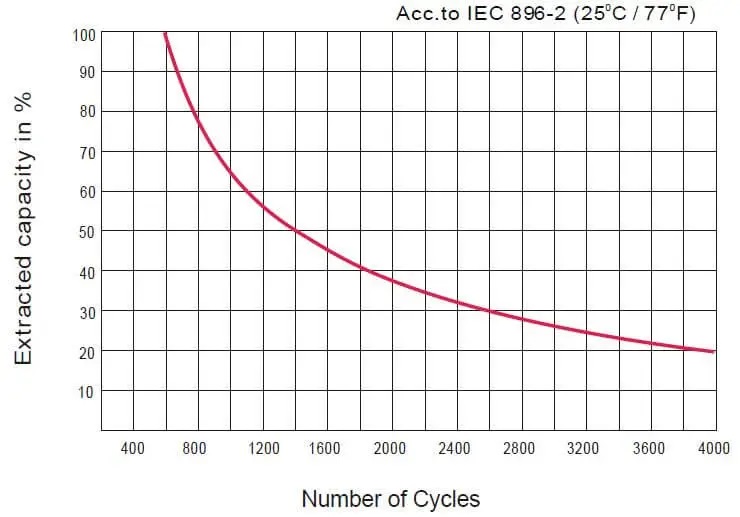
What factors affect the lifespan of a deep cycle battery?
There are many factors that affect the lifespan of a battery. The most important factors are:
• How much power you are using
• The temperature of the environment you’re using it in
• The level of care and maintenance you give it
Over time as a battery gets older, it develops a higher internal resistance, which lowers the capacity of the battery to hold a charge. This is caused by lead sulfate that builds up inside the plates of the battery over time.
Maintenance and monitoring of your deep cycle battery
The life expectancy of any deep cycle battery is hard to predict and is largely dependent on how well you maintain and monitor the battery. The better you are at maintaining it, the longer it will last.
Here are some things you should do to extend the life of your deep cycle battery:
• Keep it clean.
• Store it properly.
• Monitor it closely.
Dirt and corrosion can cause a decrease in your battery’s overall performance. If you don’t keep the terminals clean, they will corrode and reduce the current flow to and from the battery, which can lead to reduced performance and eventual failure. When not in use, store your battery in a cool, dry place that’s protected from extreme heat and cold.
Go to the product: deep cycle batteries
Tag in this article: #Deep-cycle Battery
Tips: more detail information, for deep cycle batteries.

